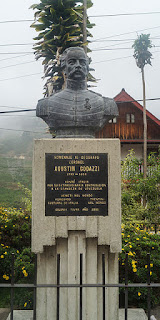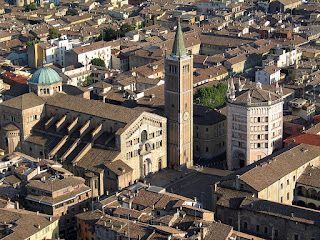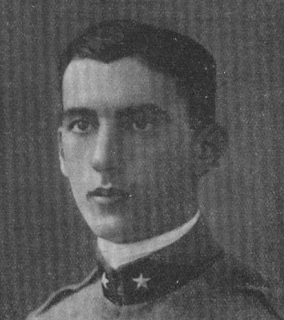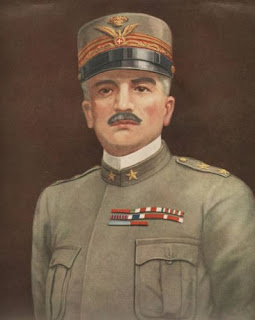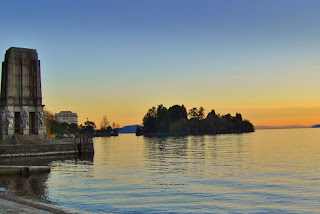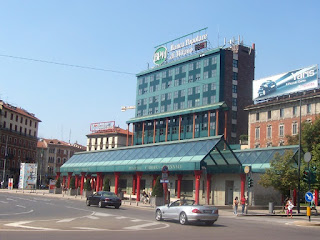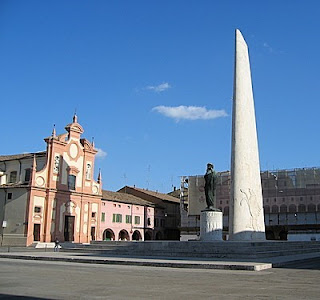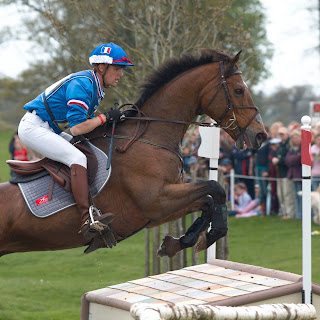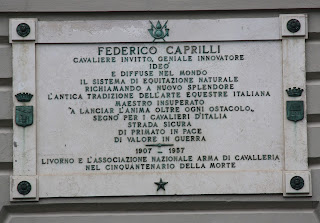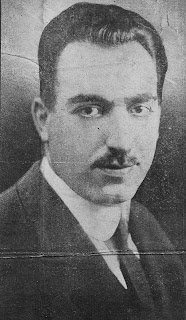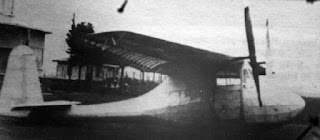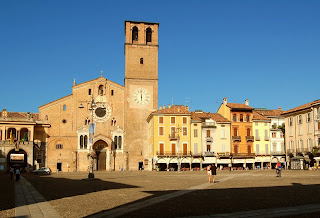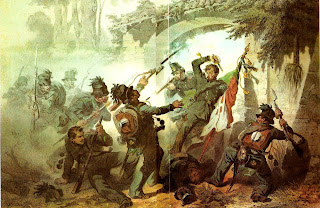Ruthless tyrant who encouraged art
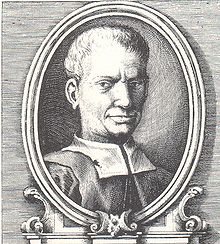 |
| Pandolfo Petrucci was one of the most powerful rulers in Italy |
Although he had been a tyrannical ruler, Petrucci had also done a great deal to increase the artistic splendour of his native city.
Petrucci was born into an aristocratic family in Siena in 1452. He had to go into exile in 1483 for being a member of the Noveschi political faction, which had fallen out of favour with the rulers of Siena.
After he returned to Siena in 1487, he began to take advantage of the struggles between the different political factions.
He married Aurelia Borghese, who was the daughter of Niccolò Borghese, an important figure in Siena at the time. After entering public office himself, Petrucci acquired so much authority and wealth that he became the ruling despot of Siena with the title of signore - lord.
His rapid rise to power alienated his father-in-law, who conspired with other influential citizens in Siena to assassinate him. However, Petrucci uncovered the plot and in 1500 had Borghese murdered. This act terrified his other enemies, which left Petrucci in complete control.
 |
| Rival Cesare Borgia planned to have Petrucci executed |
However Petrucci’s rule did have some benefits for Siena because he eventually stopped the sale of public offices, secured economic advantages for the city, reformed the monetary system and encouraged the advancement of art.
Petrucci became involved in political intrigues, trying to win the trust of the condottiero Cesare Borgia before plotting against him. Borgia summoned him to a meeting where he was planning to execute Petrucci along with some of his other enemies but Petrucci did not attend the meeting and instead fled to Lucca.
Helped by his ally, King Louis XII of France, Petrucci was returned to power in Siena within a few months.
After Borgia’s death in 1507, Petrucci became one of the most powerful men in Italy.
In 1512 he handed control of Siena over to his son and died soon afterwards in San Quirico d’Orcia. His family continued to rule Siena until 1524.
 |
| The cathedral at Siena is considered to be one of Italy's finest examples of Romanesque-Gothic architecture |
Siena in Tuscany is well known as the venue for the historic horse race, the Palio di Siena. The race takes place in Siena’s Piazza del Campo, a shell-shaped open area which is regarded as one of Europe’s finest medieval squares. It was established in the 13th century as an open marketplace on a sloping site between the three communities that eventually merged to form the city of Siena. The city's cathedral, with a pulpit designed by Nicola Pisani, is considered a masterpiece of Italian Romanesque-Gothic architecture.
 |
| The town of San Quirico d'Orcia in Tuscany, where Petrucci spent his final days |
San Quirico d’Orcia, where Petrucci died, is a small town in the province of Siena located about 35 kilometres (22 miles) southeast of the city of Siena. It is named after Saint Quiricus, an early Christian martyr. The Church of San Quirico dates back to the eighth century but was rebuilt in the 12th century. A side portal added in the 13th century is believed to be the work of the sculptor Giovanni Pisano who was known to have been working in Siena at the time.
More reading:
Cesare Borgia, the son of a pope who quit the church to become a military leader
Scipione Borghese, the 20th century adventurer from a famous family line
How the power struggles of Petrucci's times inspired Machiavelli's The Prince
Also on this day:
1910: The birth of Mob boss Angelo Bruno
1972: Michelangelo's masterpiece, the Pietà, is damaged by vandalism
1981: A list of alleged members of the illegal masonic lodge Propaganda Due is published
Home






